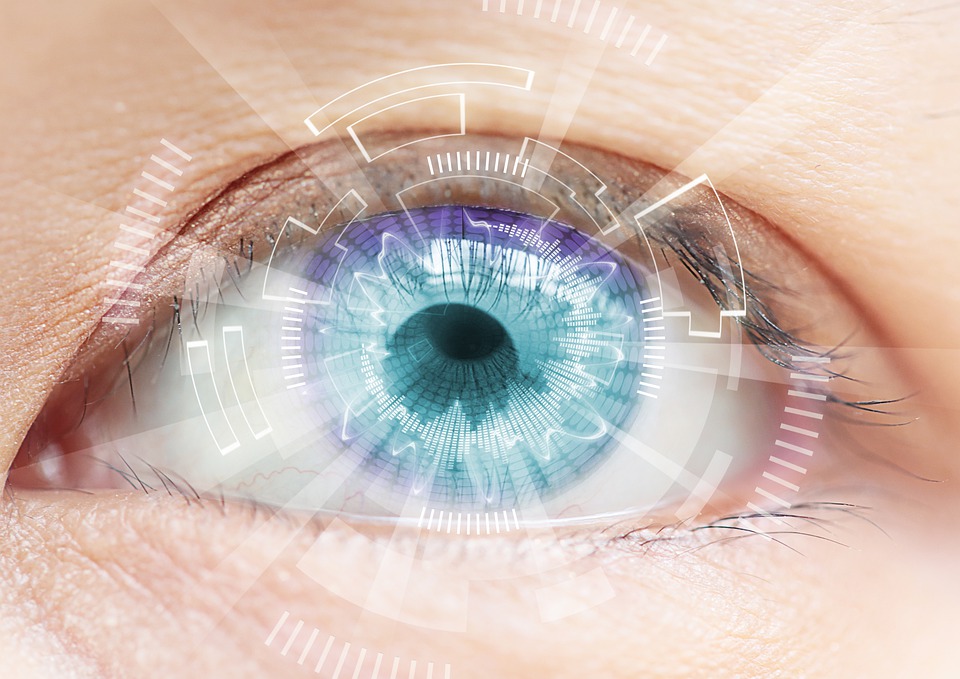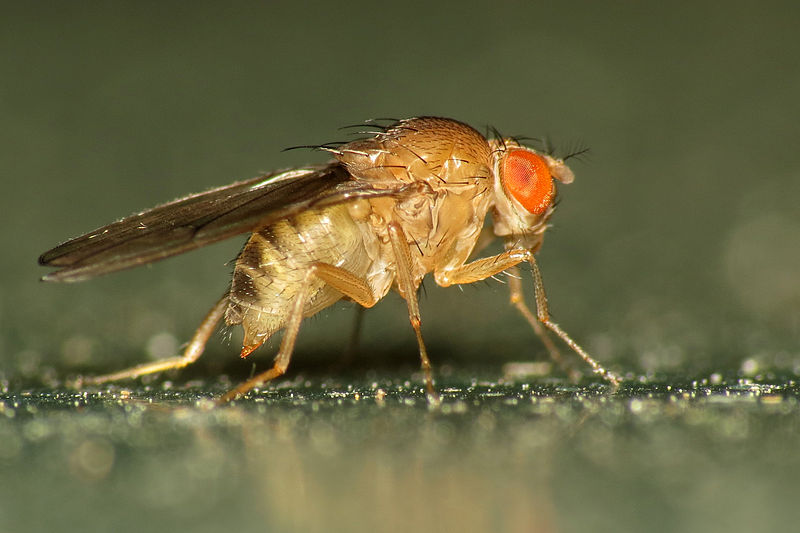A groundbreaking study published in ACS Nano by researchers at Brown University introduces a promising approach to vision restoration using gold nanoparticles. Interestingly, this innovative technique could potentially benefit individuals suffering from retinal degenerative diseases such as macular degeneration and retinitis pigmentosa.
The Science Behind Gold Nanoparticles
The research team developed a method involving the injection of gold nanoparticles—microscopic particles thousands of times thinner than a human hair—directly into the retina.
Specifically, these nanoparticles are designed to target certain retinal cells and, when activated by near-infrared light, generate a tiny amount of heat.
Consequently, this heat stimulates the remaining healthy retinal cells, effectively bypassing the damaged photoreceptors responsible for vision loss in many degenerative eye conditions.
Success in Animal Trials
In laboratory experiments, mice with retinal degeneration received gold nanoparticle injections. Afterward, exposure to patterned near-infrared laser light successfully activated the retinal cells, leading to restored visual responses. Moreover, the nanoparticles stayed in the retina for several months without causing toxicity or inflammation.

Image by ACS Nano
Future Vision: Wearable Visual Prosthetics
Building on these findings, researchers propose that in the future, patients could wear specialized goggles equipped with infrared lasers and cameras.
Through this technology, these devices would capture real-world visuals and project them onto the retina using infrared light, thus activating the gold nanoparticles to recreate visual experiences.
A Less Invasive Alternative
Unlike current treatments, which often involve complex surgeries or genetic modification, this new technique offers a less invasive option.
By utilizing the unique properties of gold nanoparticles and infrared light, this method could ultimately restore vision without permanent implants or extensive surgical procedures.
Next Steps: From Lab to Clinic
Although animal results are promising, further research is necessary to ensure the treatment’s safety and effectiveness in humans.







